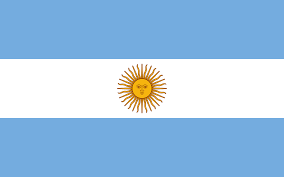
Argentina
10-10-2021
ENACOM Revise Type Approval Services
The National Communications Entity of Argentina (ENACOM) has recently given accreditation to the laboratory of the National Institute of Industrial Technology (INTI) to carry out tests and issue the reports corresponding to the following standards:
- Technical Standard ENACOM-Q2-60.15 V19.1 “Medical Devices”
- Technical Standard ENACOM-Q2-61.03 V17.1 “User Terminal Equipment for Mobile Communications Services”
- Technical Standard ENACOM-Q2-61.04 V17.1 “Radio Base Transceivers for Mobile Communications Services”
Moreover, in Resolution 1248/2021 of September 1, 2021, ENACOM sets the transition period that allows manufacturers to provide Declarations of Conformity instead of testing the product according to the ENACOM Resolution No. 793/2019, ENACOM Resolution No. 794/2019 and ENACOM Resolution No. 863/2020. It will be ended in 180 days from the publication date of the Resolution 1248/2021.
Source : Here










